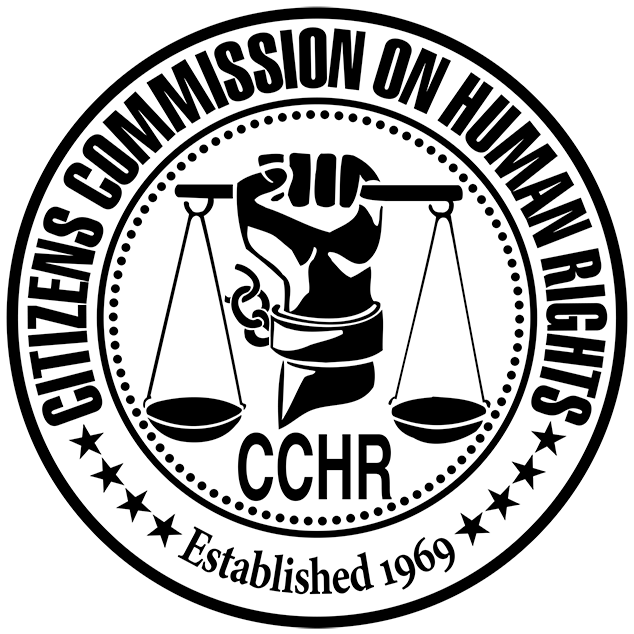Psychiatrists perform electroshock on depressed patients despite serious risks of brain damage and permanent memory loss. Psychiatrists do not know how ECT-induced convulsions are supposed to treat depression, or how much voltage or how many sessions of the procedure to use.
The Citizens Commission on Human Rights has renewed its call for legislation to ban electroconvulsive therapy (ECT, or “electroshock”), a procedure performed by psychiatrists on depressed patients despite the significant risk of permanent memory loss and brain damage, as well as the lack of any conclusive proof of effectiveness, according to experts.
Electroconvulsive therapy is a procedure in which psychiatrists shoot up to 460 volts of electricity through brain tissue to induce convulsions that can last up to 30 minutes. It is reportedly used mostly on women and the elderly. Psychiatrists still cannot explain how ECT is supposed to work, how much voltage it will take, or how many sessions of ECT to administer. It is a matter of trial and error with human lives.

According to the U.S. Food and Drug Administration (FDA), electroshock can cause brain damage, cognitive impairment, permanent memory loss, prolonged or persistent seizures, worsening psychiatric symptoms, cardiovascular complications (including heart attacks), breathing complications and death.
A new study has provided additional evidence of memory loss, finding that 61% of adults and 69% of teenagers who received electroshock suffered memory impairment after the procedure.
In 2018, as a result of a lawsuit against Somatics, a manufacturer of ECT machines, the company revised its disclosures to patients to warn that ECT can cause permanent memory loss and permanent brain damage.
However, patients are not always fully informed of these risks before consenting to the procedure, and psychiatrists can get a court order to perform ECT against a patient’s will.
“Patients should not be exposed to such extremely serious, even life-threatening risks just because their psychiatrists don’t know what else to do,” said Anne Goedeke, president of the National Affairs Office of the Citizens Commission on Human Rights (CCHR). “The procedure should be banned outright.”
Psychiatrists recommend electroshock for deeply depressed patients who may be at risk for suicide, but recent research has found no evidence that ECT is any more effective than sham ECT (general anesthesia but not the electric shock).
John Read, Ph.D., a professor of psychology, Irving Kirsch, Ph.D., associate director of the Program in Placebo Studies at Harvard Medical School, and psychologist Laura McGrath, Ph.D., conducted a comprehensive analysis of prior studies on ECT. They found that the quality of those studies was so poor that nothing could be concluded about any effectiveness of the procedure.
“There is no evidence that ECT is effective for its target demographic – older women, or its target diagnostic group – severely depressed people, or for suicidal people, people who have unsuccessfully tried other treatments first, involuntary patients, or adolescents,” they concluded.
They further wrote, “Given the high risk of permanent memory loss and the small mortality risk, this longstanding failure to determine whether or not ECT works means that its use should be immediately suspended until a series of well-designed, randomized, placebo-controlled studies have investigated whether there really are any significant benefits against which the proven significant risks can be weighed.” Their findings were published in 2020 in Ethical Human Psychology and Psychiatry.
Other recent research has found that ECT fails to reduce the risk of death by suicide. One study found that the odds of patients committing suicide in the year after receiving ECT were not statistically different from the odds of those who did not receive it,
while another study revealed that patients who received ECT remain at an elevated risk of suicide and are 44 times more likely to die from suicide in the two years following treatment than the general population.
Psychiatrists performing electroshock can greatly increase their income. It has been estimated that a psychiatrist spending just a few hours a week to do 20 ECT procedures can bring in an additional $300,000 per year. Electroshock rakes in more than $3 billion a year in the U.S. alone.
CCHR’s documentary, Therapy or Torture: The Truth About Electroshock, which can be viewed online, warns consumers about the serious risks of ECT. To date, more than 134,000 people have signed CCHR’s petition to ban electroshock.
